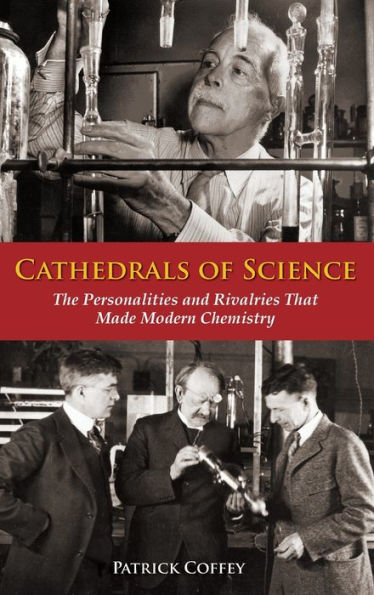5
1
9780195321340



Cathedrals of Science: The Personalities and Rivalries That Made Modern Chemistry available in Hardcover, eBook

Cathedrals of Science: The Personalities and Rivalries That Made Modern Chemistry
- ISBN-10:
- 0195321340
- ISBN-13:
- 9780195321340
- Pub. Date:
- 08/29/2008
- Publisher:
- Oxford University Press
- ISBN-10:
- 0195321340
- ISBN-13:
- 9780195321340
- Pub. Date:
- 08/29/2008
- Publisher:
- Oxford University Press

Cathedrals of Science: The Personalities and Rivalries That Made Modern Chemistry
$49.99
49.99
In Stock

Product Details
| ISBN-13: | 9780195321340 |
|---|---|
| Publisher: | Oxford University Press |
| Publication date: | 08/29/2008 |
| Edition description: | New Edition |
| Pages: | 400 |
| Sales rank: | 1,143,513 |
| Product dimensions: | 6.00(w) x 9.30(h) x 1.10(d) |
About the Author
From the B&N Reads Blog
